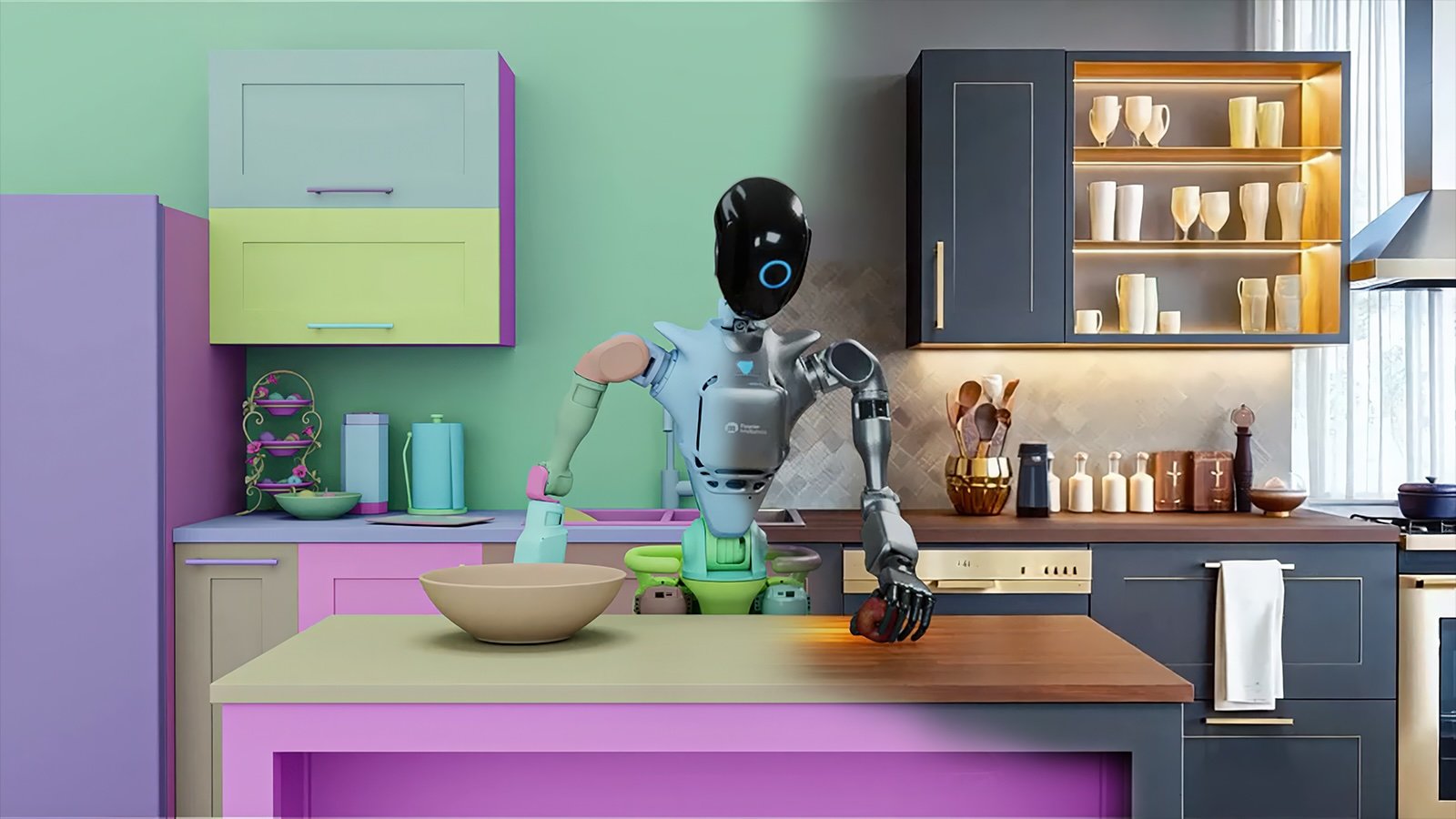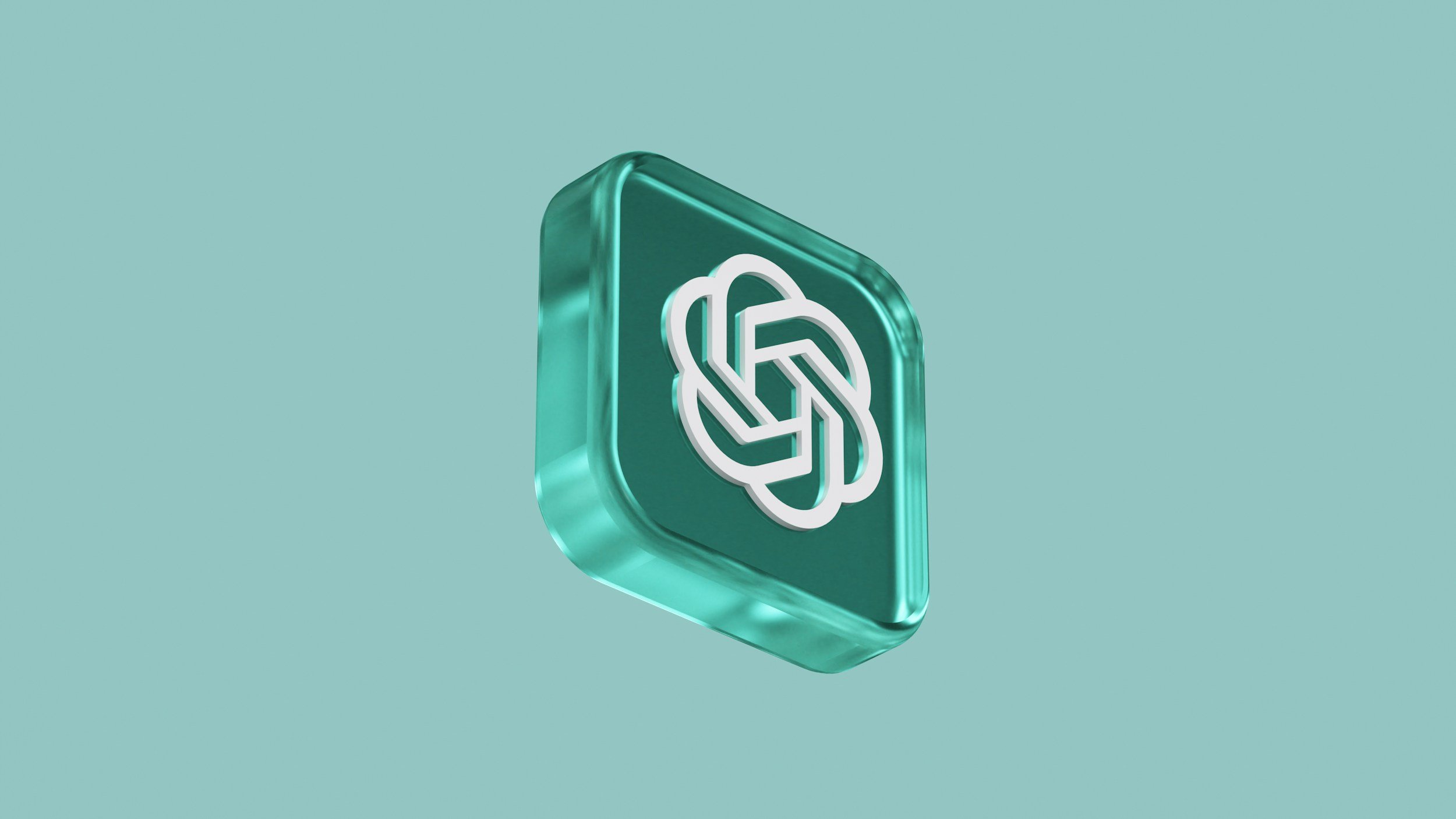Physical AI: Bridging the Digital and Physical Worlds for a Smarter Future
AI-generated Image
Credit: Jacky Lee
In the rapidly evolving landscape of artificial intelligence, a transformative wave known as Physical AI is emerging, poised to revolutionize how machines interact with our tangible environment.
Understanding Physical AI
Physical AI represents a significant leap from traditional artificial intelligence by integrating sophisticated algorithms into tangible systems like robots and machines. Unlike their purely digital counterparts, these intelligent entities are equipped with sensors and actuators that allow them to perceive their surroundings, make real-time decisions, and interact physically with the world. This evolution marks a departure from the static, pre-programmed machinery of the past, introducing adaptable and learning systems capable of handling complex and unpredictable situations.
[Read More: Meet Taiwan’s First AI Robot Dogs: Oliver and Dustin]
Transforming Manufacturing Processes
The manufacturing sector is at the forefront of embracing Physical AI, witnessing a paradigm shift from repetitive automation to dynamic, intelligent production lines. Modern factories are integrating robots that not only perform tasks but also adapt to new product specifications and unforeseen changes in real time. These AI-driven systems learn from each interaction, enhancing their efficiency and minimizing downtime. The outcome is a highly flexible and responsive manufacturing environment that can swiftly adjust to market demands and evolving industry standards.
[Read More: Exploring the Future of Fast Food: AI Takes Over at CaliExpress]
Revolutionizing Healthcare and Urban Living
Beyond the industrial sphere, Physical AI is making significant strides in healthcare and urban development. In the medical field, AI-powered robots are enhancing everything from routine diagnostics to intricate surgical procedures. These machines offer unparalleled precision and continually improve through each operation, promising reduced human error and better patient outcomes. In our daily lives, Physical AI envisions smart homes and cities that intuitively respond to individual needs. Imagine living spaces that adjust lighting, temperature, and furniture arrangements based on your habits, or urban areas where intelligent systems optimize traffic flow, enhance public safety, and manage resources efficiently. These advancements are paving the way for interconnected environments that are not only smart but also actively responsive to their inhabitants.
[Read More: AI on the Road: Transforming Traffic Safety Through Smart Technology]
Exploring the Microscopic Frontier
The potential of Physical AI extends even to the microscopic level, where AI-driven micro-bots and nanotechnology are unlocking possibilities once confined to science fiction. Envision tiny robots navigating the bloodstream to diagnose and treat diseases at the cellular level, offering unprecedented precision and minimal side effects. Beyond healthcare, such technology could lead to innovations like self-repairing materials in industries such as aerospace and automotive, ensuring higher safety and performance standards through automatic damage detection and repair.
[Read More: Beyond Science Fiction: The Real-World Impact of AI-Driven Robots]
Addressing Challenges and Ethical Concerns
The rise of Physical AI is not without its challenges and ethical dilemmas. As these intelligent systems become more integrated into our lives, issues surrounding privacy, security, and the dynamics of human-machine interactions become increasingly important. Ensuring that Physical AI enhances rather than replaces human capabilities is a key concern, alongside establishing safeguards against potential misuse or system failures. Additionally, the widespread adoption of Physical AI is expected to impact the job market significantly. While it will create new opportunities and industries, it may also render certain jobs obsolete. Preparing for this transition necessitates foresight, adaptability, and a commitment to continuous learning and skill development.
[Read More: Beyond Imagination: The Future Jobs and Challenges in the Age of AI and Quantum Computing]
Shaping the Future with Physical AI
Standing at the cusp of a new technological era, Physical AI promises to blur the lines between the digital and physical realms, fundamentally altering our interaction with the environment. These intelligent systems are set to enhance our capabilities, improve quality of life, and unlock new avenues of innovation. The journey forward will require careful navigation of ethical and societal implications, guided by collaboration among technologists, policymakers, and ethicists. By approaching this advancement with wisdom and a commitment to human values, Physical AI has the potential to drive unprecedented progress and open up a future filled with remarkable possibilities.
[Read More: EU Becomes the First Country to Enact Comprehensive AI Law!]
Source: Forbes










